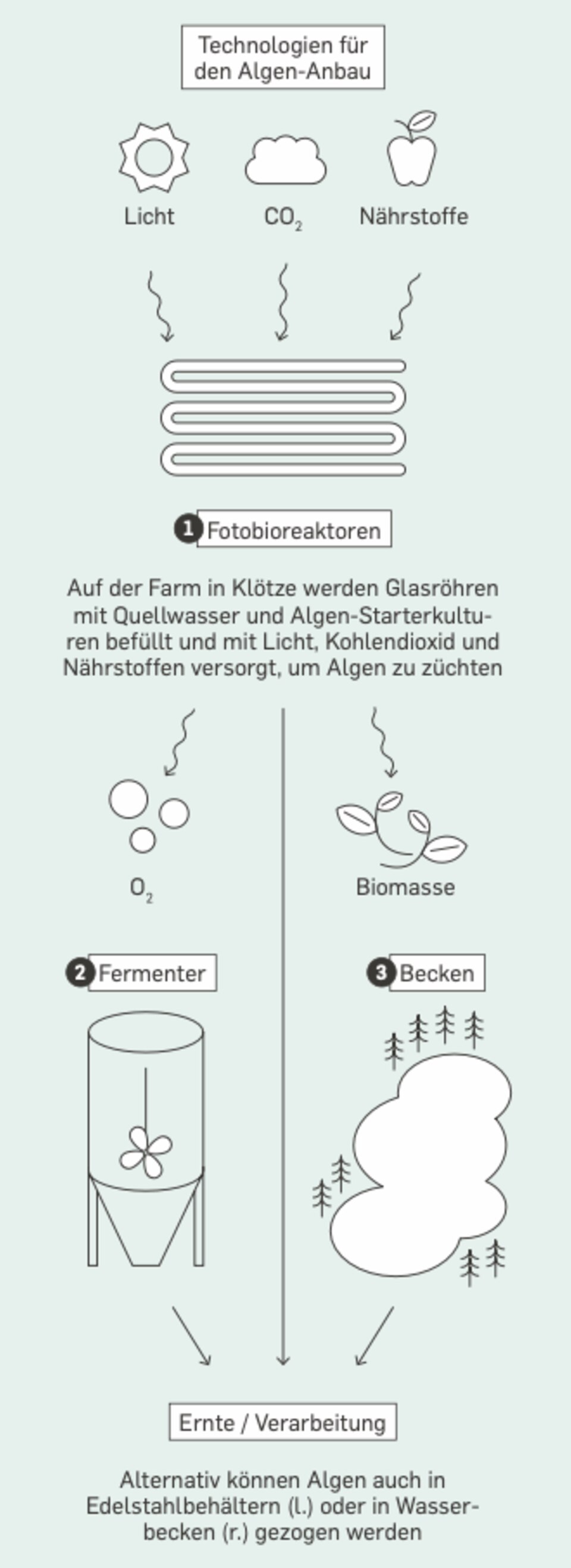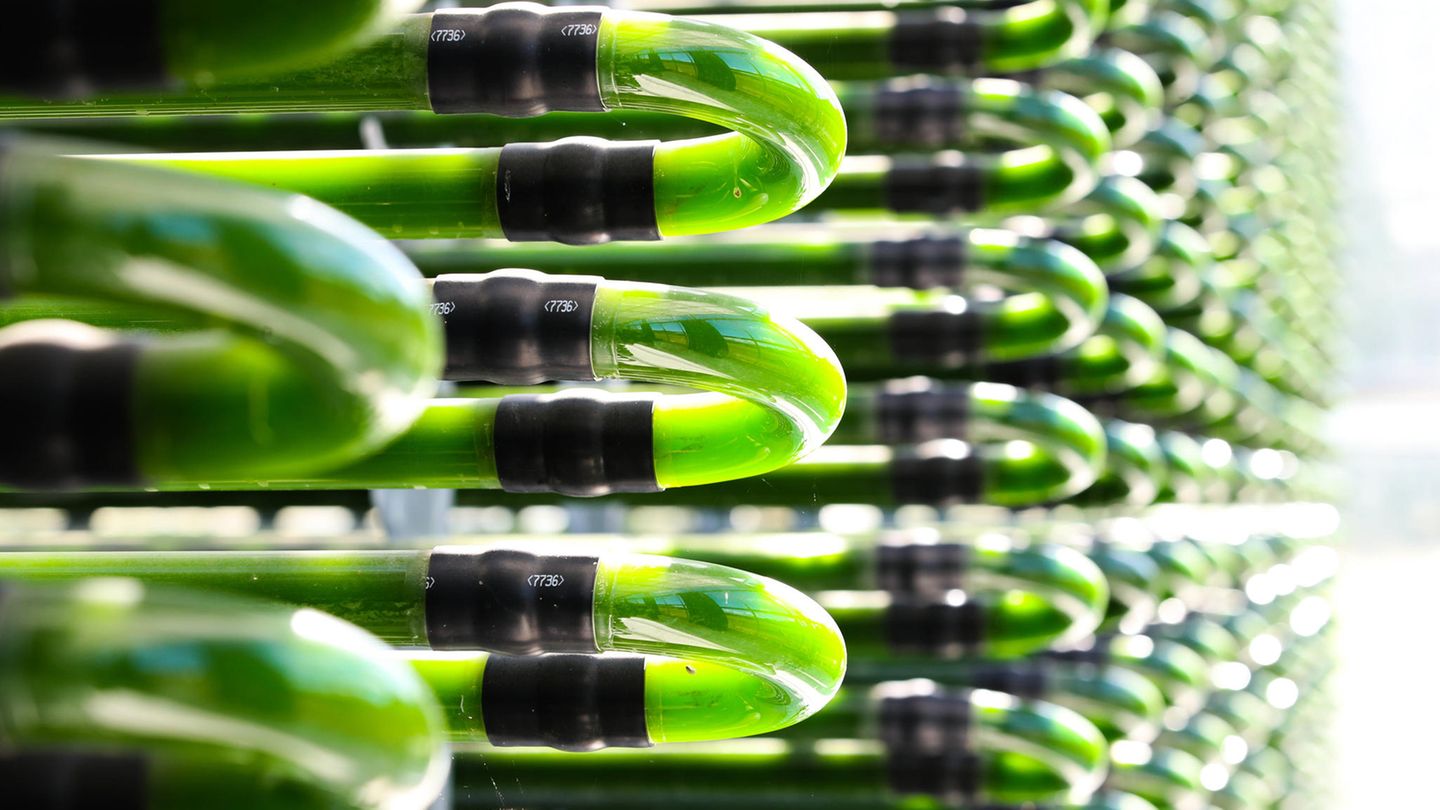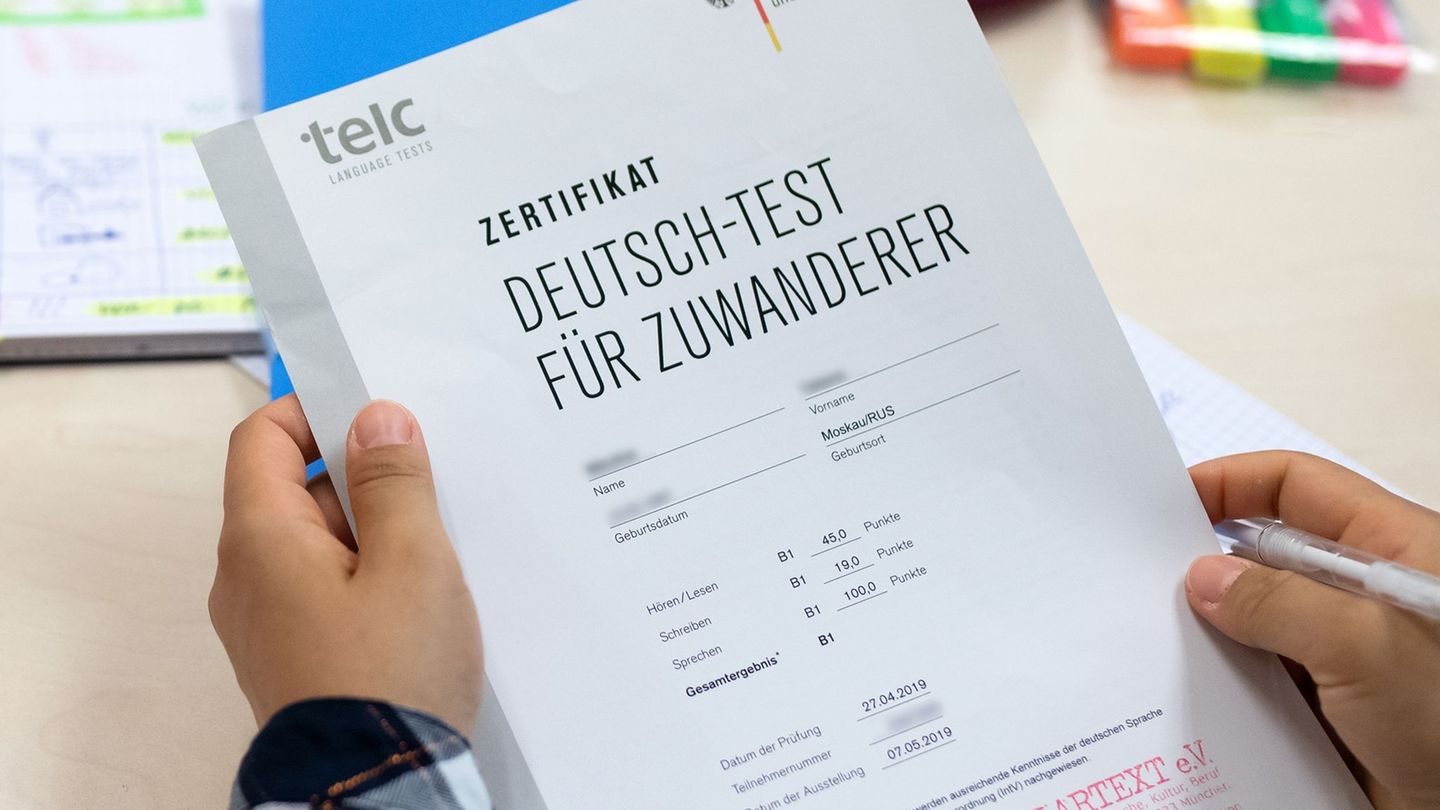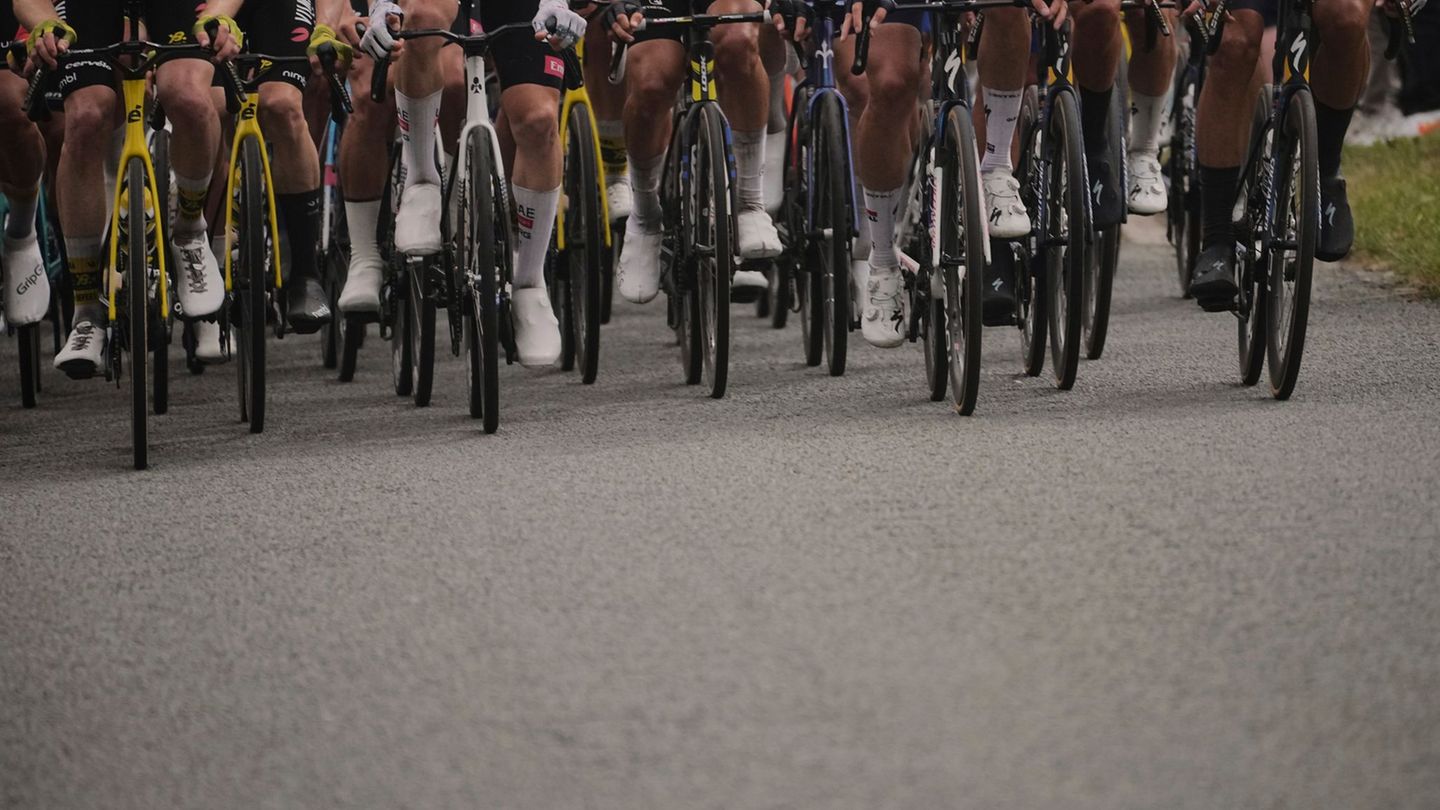Climate neutrality is a mammoth task, but there are innovations on the way there. Algae from Saxony-Anhalt are an alternative to fossil raw materials.
This article is adapted from the business magazine Capital and is available here for ten days. Afterwards it will only be available to read at again. Capital belongs like that star to RTL Germany.
According to the Federal Environment Agency, ten million hectares of agricultural land are lost worldwide every year, mainly because they are built on with settlements and roads. With the world population growing at the same time, the question arises as to how it can be possible to feed more and more people from the increasingly scarce land available for cultivation.
Part of the solution can be algae. They contain lots of proteins, vitamins and minerals – and are frugal creatures: algae require little space and grow up to 30 times as fast as arable plants. They are also suitable as animal feed and have the potential to partially replace fossil raw materials, for example in chemicals or cosmetics. Plastic substitutes made from algae are found in sneakers and skis, and pizza dough is made from them. In research projects, algae is used to produce carbon, which is intended to replace steel.
The first industrial algae farm in Europe is located in Saxony-Anhalt
Europe’s first algae farm on an industrial scale is in Klötze in Saxony-Anhalt. Microalgae have been grown there for over 20 years. A cluster for algae research and production has emerged around the farm. There is another algae region in France around the Breton city of Nantes.

Jörg Ullmann is the managing director of the Klötze algae farm.
How did you come to work with algae?
I’m a biologist and joined the farm in 2004 when it was restarted after bankruptcy. Algae were exotic. Today there are around 300 farms in Europe.
What fascinates you about it?
There is hardly a challenge that we as humanity cannot at least come close to solving with the help of algae, be it in food and feed or to partially replace products made from petroleum.
How has the perception of algae changed?
If I used to show up at the door with my green powder, the companies didn’t know what to do with me and the algae. Today there is great interest in industry, and the supermarket in the village sells seaweed salad. The change took 20 years. For the next transformations that are coming up, it is interesting to know how long something like this can take.
Source: Stern



